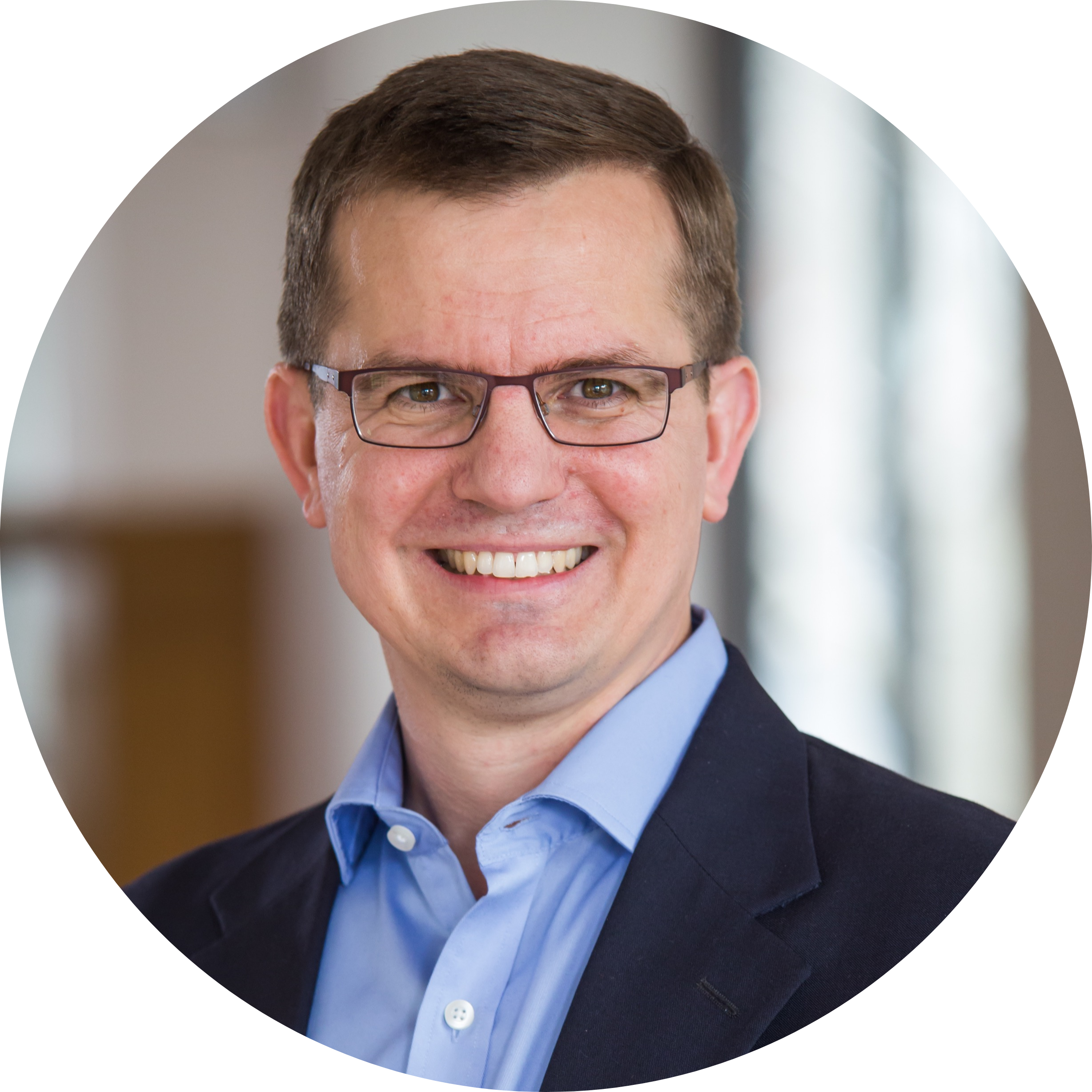Computational Biology and Healthcare
2-5 PM, February 16
As the volume of biological data continues to expand, the significance of statistical and computational tools in life sciences is growing at an unprecedented pace. These tools encompass a wide array of applications, including but not limited to, signal processing, machine learning for predictive modelling, sophisticated algorithms, information and coding theory, and advanced computing systems for enhanced decision-making capabilities. This session aims to serve as a converging point for researchers and students, providing a platform to discuss the newest breakthroughs and trends in the fields of computational biology and healthcare technology.
Keynote Speaker – Dr Ben Raphael, Princeton

“Machine Learning for Spatial Biology“
Time: 2-2:50 PM, February 16
Abstract: The spatial organization of cells into tissue, organs, and organisms is essential for biological function. However, many high-throughput technologies measure DNA/RNA/protein in bulk tissues or disassociated single cells. Recent spatial transcriptomics technologies measure RNA expression at thousands of locations in a tissue sample providing information about the spatial distribution of cell types and the spatial variation in gene expression across a tissue. Due to limitations in technology and cost, these measurements are typically sparse with high rates of missing data. In this talk, I will present algorithms that address data sparsity by modelling spatial correlations between measurements within and across tissue slices. First, our Belayer algorithm describes variation in gene expression in a single slice using a model of a layered tissue that consists of stacked layers with distinct cell type compositions, such as found in the brain and skin. We extend this approach to more general tissue geometries using an interpretable deep learning model that computes a one-dimensional coordinate, the isodepth, that describes both discontinuous and continuous variation in gene expression. Finally, our PASTE algorithm uses techniques from optimal transport to align and integrate spatial transcriptomics data from multiple tissue slices enabling downstream applications such as differential gene expression and 3D reconstruction of tissues. The advantages of these methods will be illustrated on spatial transcriptomics data from multiple tissue types.
Biography: Ben Raphael designs and applies combinatorial, statistical, and machine learning algorithms for the interpretation of biological data. Recent areas of emphasis include cancer genomics and evolution, network/pathway analysis of genetic variants, and structural variation in human and cancer genomes. His group’s algorithms have been used in multiple projects from The Cancer Genome Atlas (TCGA) and the International Cancer Genome Consortium (ICGC). He co-led the TCGA Pancreatic Adenocarcinoma project and the network analysis in the ICGC Pan-Cancer Analysis of Whole Genomes (PCAWG). Ben Raphael received an S.B. in Mathematics from MIT, a Ph.D. in Mathematics from the University of California, San Diego (UCSD), and completed postdoctoral training in Bioinformatics and Computer Science at UCSD. From 2006-2016, he was on the faculty at Brown University, and from 2013-2016 he directed the Center for Computational Molecular Biology. He is the recipient of the Innovator Award from the International Society for Computational Biology (ISCB), the Alfred P. Sloan Research Fellowship, the NSF CAREER award, and a Career Award at the Scientific Interface from the Burroughs Wellcome Fund. He is an elected Fellow of ISCB.
Student Speakers
Time: 3:30-5 PM, Feburary 16
Jongwon Lim
“Rapid and sensitive detection of pathogenic DNA in blood using a novel blood drying technique“
Chang Hu
“REMEDI: REinforcement learning-driven adaptive MEtabolism modeling of primary sclerosing cholangitis Disease progression“
Leah Weber
“TRIBAL: Tree Inference of B cell Clonal Lineages“
Yasamin Tabatabaee
“Phylogenomic branch length estimation using quartets“
Mrinmoy Saha Roddur
“Inferring Temporally Consistent Migration Histories“